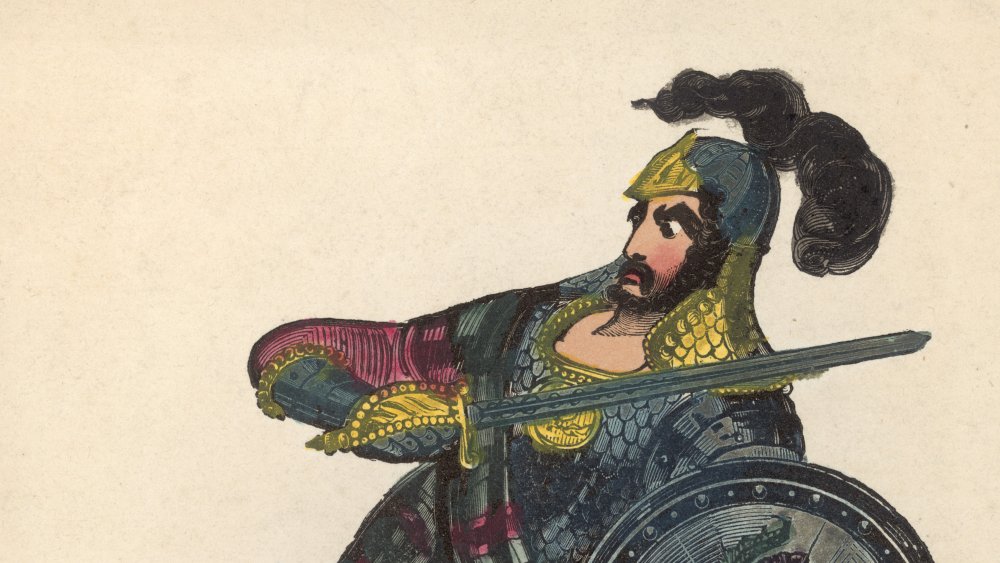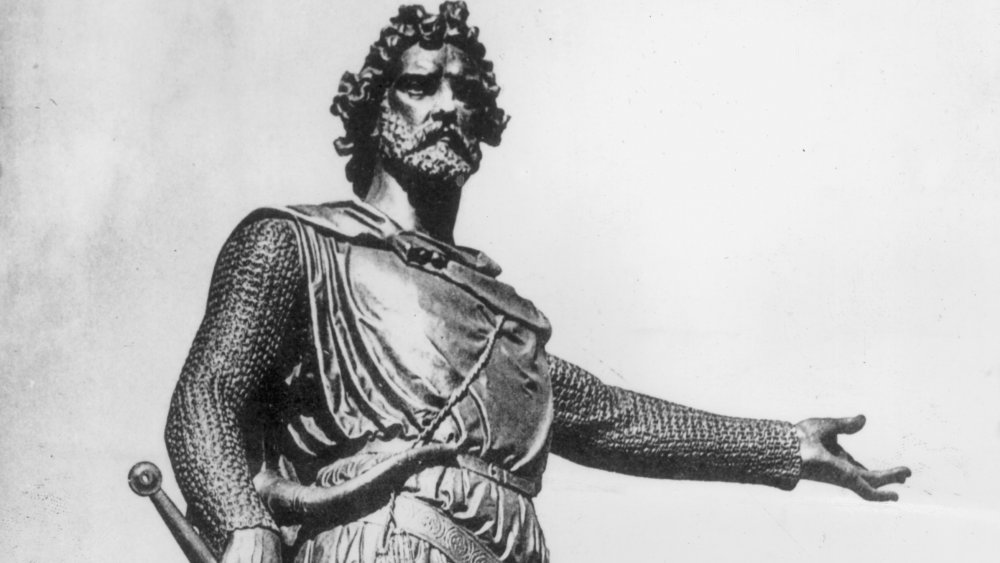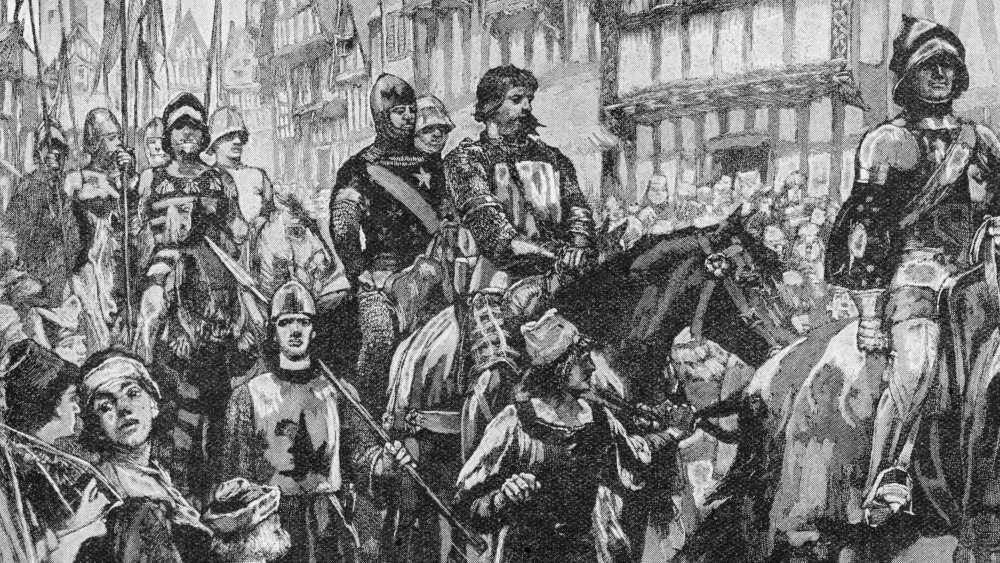The Truth About William Wallace's Death
As the (super inaccurate) William Wallace of 1995's Braveheart put it, "They may take our lives, but they will never take our freedom." It's a battle cry for the ages, only slightly hamstrung by the fact that, in real life, they did take his freedom, and, a few weeks later, his life. The whole thing was, and we can't put enough emphasis on this, crazy gross, noticeably devoid of a rousing film score, and so, so much more in line with Mel Gibson's apparent personal tastes than the ending he wrote for his version.
Scot in the act
It all started with King Alexander III of Scotland. He was a big deal in his time, and his rule was one largely marked by peace and prosperity. Then, one spring day in the 13th century, he fell off of his horse and abruptly died, prompting social media to explode with Scot declarations of "eff you, 1286."
The political cascade failure that followed led to a war with England in which King Edward I forced the next Scottish king, John Balliol, to abdicate. William Wallace, by all accounts sort of a nobody up until that point, got to rebelling and rebelling but good. He defeated English forces in a series of dramatic Cinderella story battles, including the Battle of Stirling Bridge, where he co-led his army against around 13,000 of Edward's troops and mopped the proverbial floor with them.
Wallace managed to avoid the wrath of the medieval English Five-0 until August of 1305, when he was captured near Glasgow and sent to London, where he was tried for treason and war crimes. A quick trial ended in Wallace's being sent to the Tower of London, which, while a must-see tourist destination today, was a grim spot for out-of-towners at the time.
Between a Wallace and a hard place
Here's where things get nightmarish: according to the BBC, Wallace was "dragged by horses four miles through London to Smithfield. There he was hanged, as a murderer and thief, but cut down while still alive. Then he was mutilated, disemboweled and, being accused of treason, he was probably emasculated. For the crimes of sacrilege to English monasteries, his heart, liver, lungs and entrails were cast upon a fire, and, finally, his head was chopped off." His head was displayed on a pike on London Bridge, and the rest of his giblets were dispersed around the kingdom as a warning to Scots. So, you know. Busy day.
Still, let's not leave on a sour note: in 2005, 700 years after his death, Wallace was given a very posh funeral in London, which we're sure would have made him feel much better about the whole shebang.


